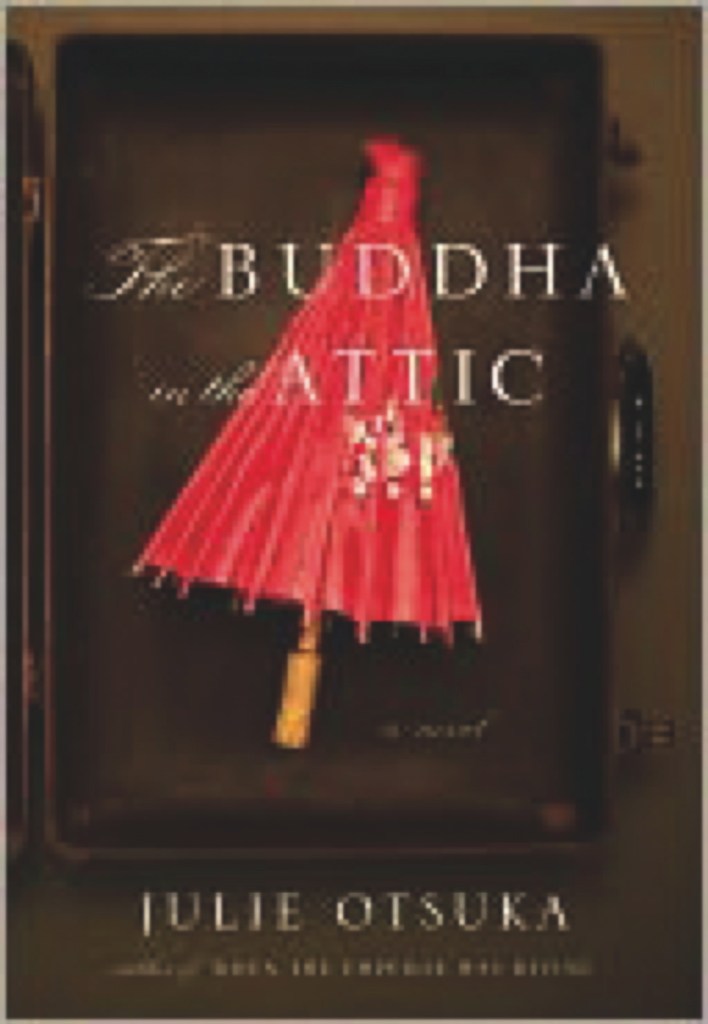In depicting the lives of Japanese picture brides who came to the United States in the early 1900s, novelist Julie Otsuka (www.julieotsuka.com) might have invented three women, alike and different, and braided their tales together.
Instead, with great daring and spectacular success, she has woven countless stories gleaned from her research into a chorus of the women’s voices, speaking their collective experience in a plural “we,” while incorporating the wide range of their individual lives.
“The Buddha in the Attic” moves forward in waves of experiences, like movements in a musical composition. The brides travel across the Pacific in cramped steerage to meet their husbands, who are often neither as attractive nor as well-off as promised. The brides become farm wives and workers, maids, dry cleaners, shopkeepers and prostitutes. Their new homes are a far cry from the lives they knew in Japan:
“Home was a cot in one of their bunkhouses at the Fair Ranch in Yolo. Home was a long tent beneath a leafy plum tree at Kettleman’s. Home was a wooden shanty in Camp No. 7 on the Barnhart Tract out in Lodi. Nothing but rows of onions as far as the eyes can see. Home was a bed of straw in John Lyman’s barn alongside his prize horses and cows. Home was a corner of the washhouse at Stockton’s Cannery Ranch. Home was a bunk in a rusty boxcar in Lompoc. Home was an old chicken coop in Willows that the Chinese had lived in before us.”
They miss Kyoto and Hokkaido and Tokyo and Hiroshima, but also begin to forget them. They bear children who, as immigrants’ children often do, turn away from their parents’ culture and language. Some of their husbands cheat on them, and some of them cheat on their husbands, sometimes with their white employers.
They endure so much and then, when they might have lived out their later years in graceful accommodation with their fates, the bombing of Pearl Harbor brings the United States into war. The Japanese in America, suspected as traitors, live with growing anxiety: “Overnight, our neighbors begin to look at us differently.”
The brides and their families are rounded up into internment camps. In the devastating final chapter, “A Disappearance,” the plural we is now the voice of the towns, puzzled and confused about what happened to the Japanese: “Why were we not informed of their departure in advance? … Are they innocent? Are they guilty? Are they even really gone?”
By its end, Otsuka’s book has become emblematic of the brides themselves: slender and serene on the outside, tough, weathered and full of secrets on the inside.
Send questions/comments to the editors.



Success. Please wait for the page to reload. If the page does not reload within 5 seconds, please refresh the page.
Enter your email and password to access comments.
Hi, to comment on stories you must . This profile is in addition to your subscription and website login.
Already have a commenting profile? .
Invalid username/password.
Please check your email to confirm and complete your registration.
Only subscribers are eligible to post comments. Please subscribe or login first for digital access. Here’s why.
Use the form below to reset your password. When you've submitted your account email, we will send an email with a reset code.